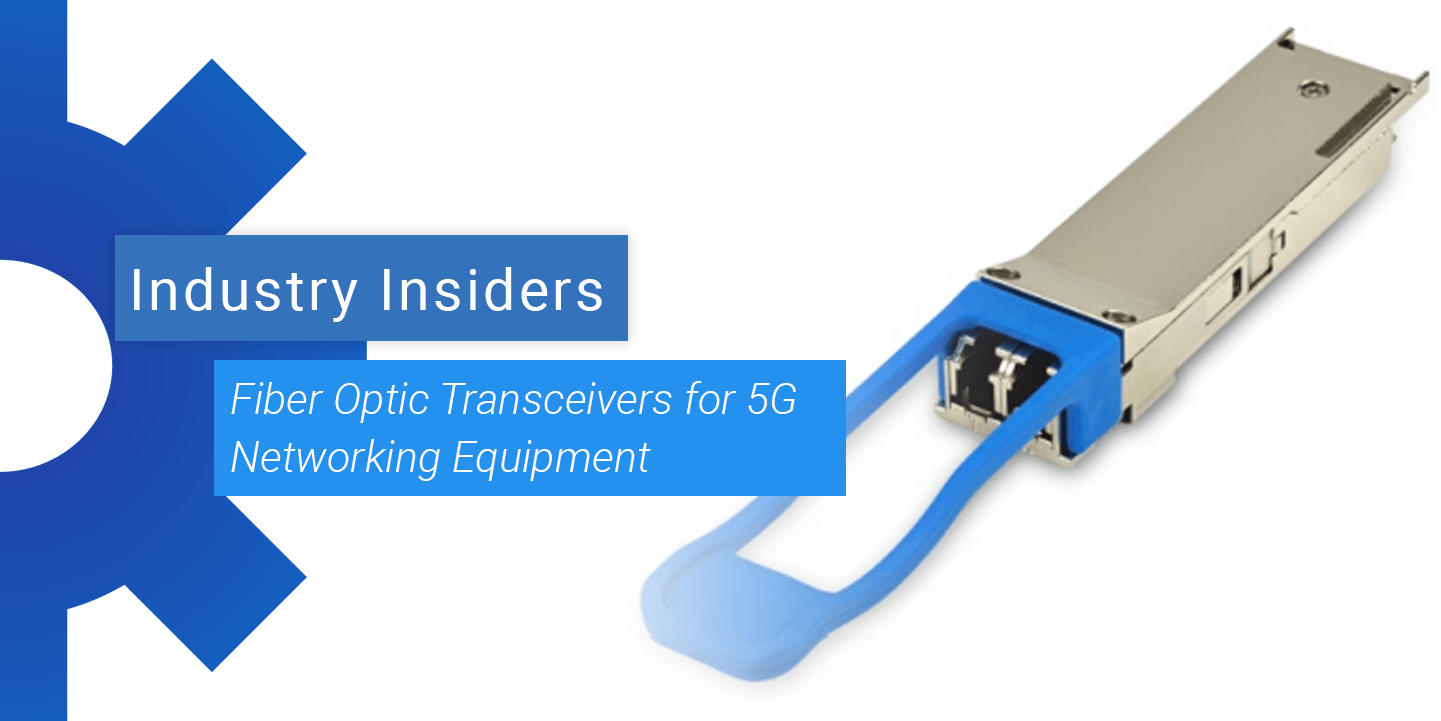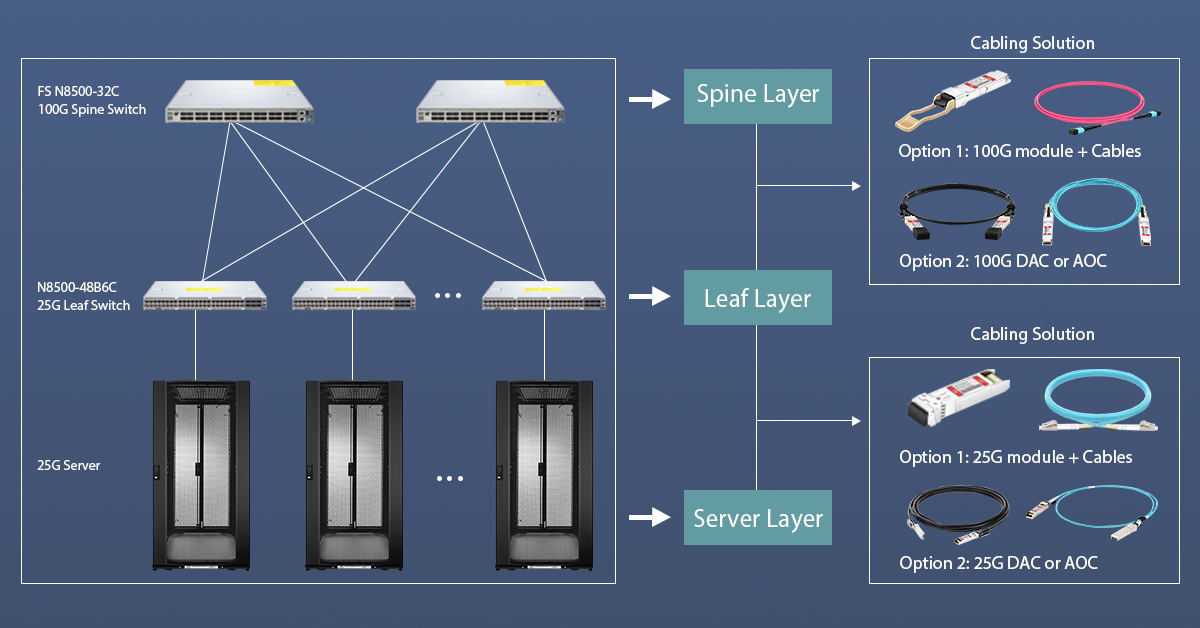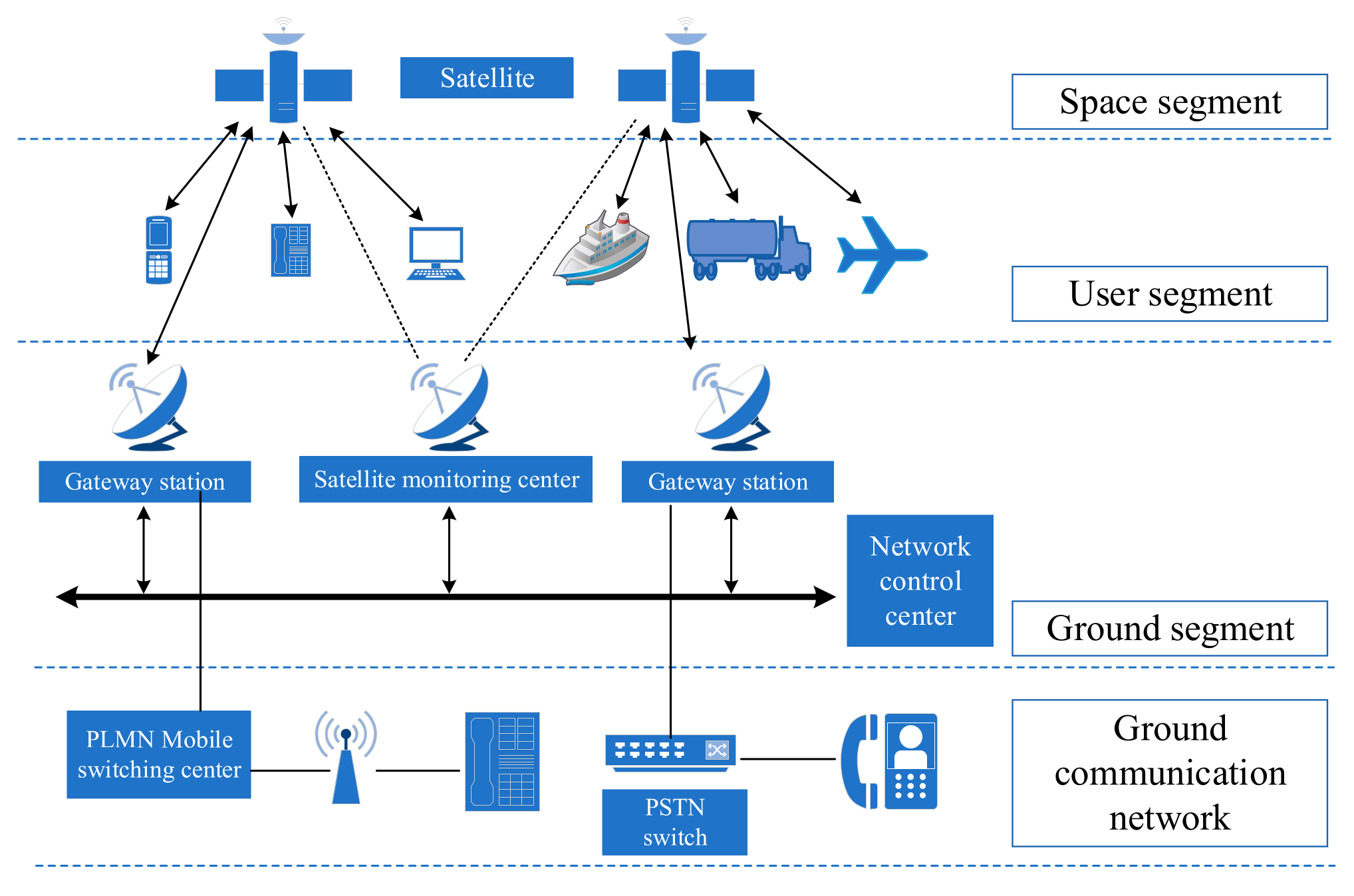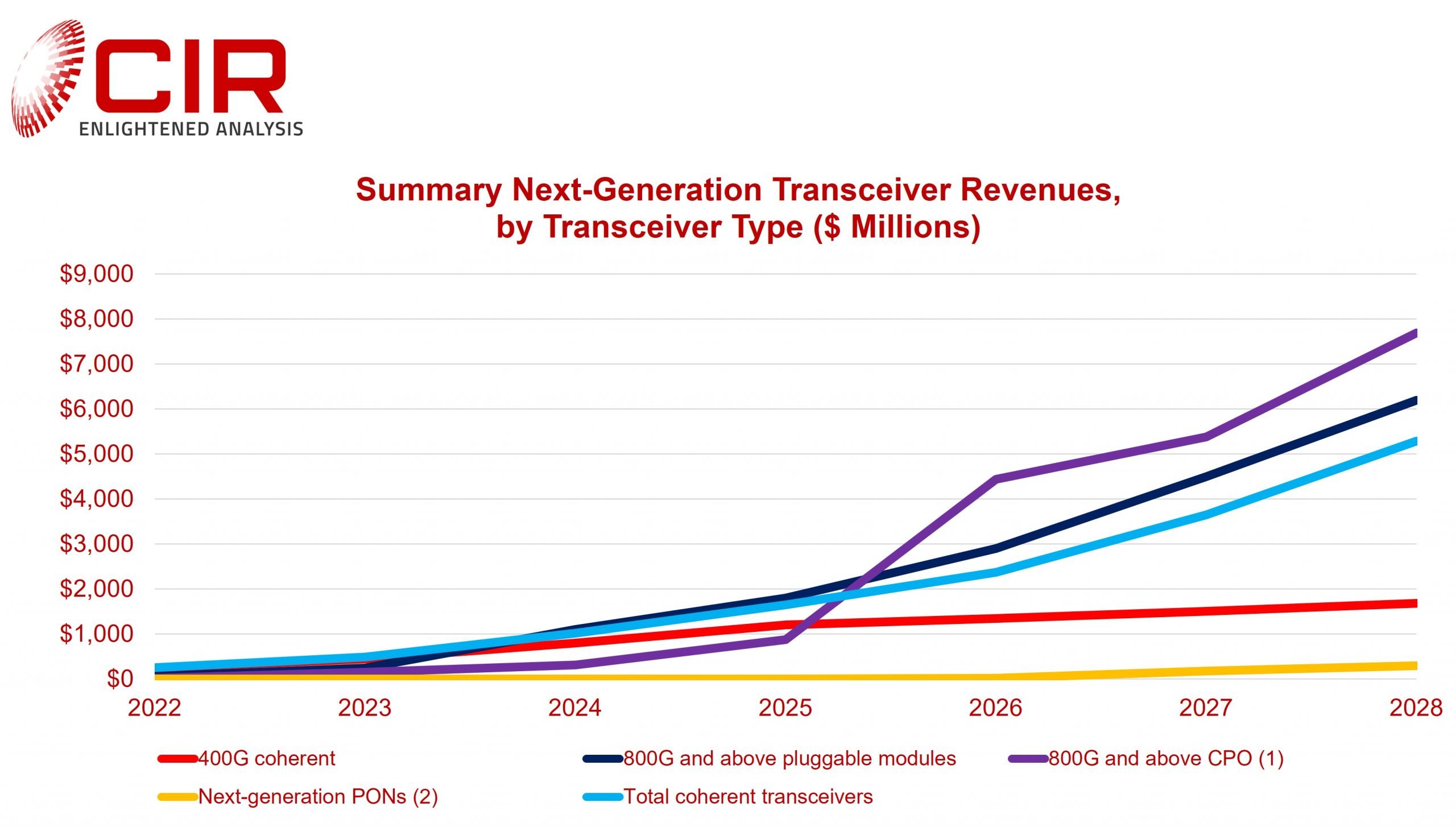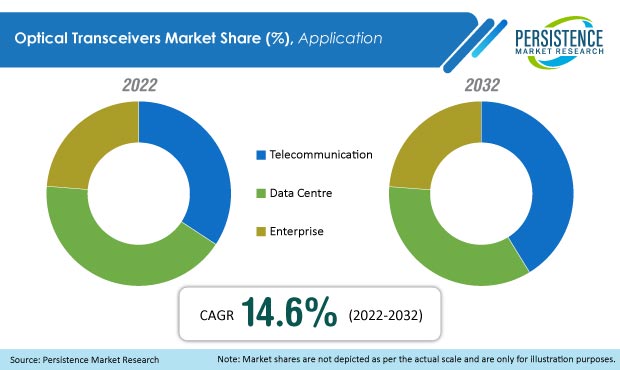Provide Real-world Case Studies On Upgrading Networks With Optical Transceivers

In an era defined by exponential data growth and bandwidth-hungry applications, network infrastructure is under unprecedented pressure. The backbone of this infrastructure, optical transceivers, are becoming increasingly critical for enabling the high-speed, reliable data transfer demanded by modern enterprises and service providers. However, upgrading these vital components requires careful planning, strategic investment, and a deep understanding of the evolving technology landscape.
This article delves into real-world case studies that highlight the transformative impact of upgrading networks with advanced optical transceivers. The cases illustrate how organizations are leveraging these technologies to overcome bandwidth limitations, improve network performance, and future-proof their infrastructure. We examine specific deployment scenarios, technological considerations, and the resulting benefits, offering valuable insights for organizations considering similar upgrades.
Case Study 1: Enhancing Data Center Interconnect (DCI) with 400G Transceivers
A leading cloud service provider, facing increasing demand for its services, experienced significant bottlenecks in its data center interconnect (DCI) network. Their existing 100G infrastructure struggled to keep pace with the growing volume of data being transferred between its geographically dispersed data centers.
To address this challenge, the provider embarked on a phased upgrade to 400G optical transceivers. This involved replacing existing 100G transceivers with 400G equivalents across key DCI links, utilizing advanced modulation techniques such as coherent optics to maximize bandwidth utilization over long distances.
"The move to 400G has been a game-changer for our DCI network," said John Doe, Network Architect at the cloud provider. "We've seen a fourfold increase in bandwidth capacity, significantly reducing latency and improving the overall performance of our cloud services."
The upgrade also resulted in significant cost savings. By consolidating multiple 100G links into fewer 400G links, the provider reduced the number of physical interfaces required, leading to lower power consumption, reduced rack space requirements, and simplified network management.
Case Study 2: Boosting Wireless Backhaul Capacity with 25G Transceivers
A major telecommunications company struggled to keep up with the escalating bandwidth demands of its 5G wireless network. Its existing 10G backhaul infrastructure, connecting cell towers to the core network, was rapidly becoming a bottleneck.
The telco opted for a targeted upgrade to 25G optical transceivers. This strategy focused on upgrading backhaul links serving high-density urban areas with significant 5G user activity. The deployment involved replacing 10G transceivers with 25G equivalents in both the cell towers and the aggregation points within the network.
"25G transceivers provided the perfect balance of performance and cost-effectiveness for our 5G backhaul upgrade," stated Jane Smith, Head of Network Engineering at the telecom company. "We were able to significantly increase backhaul capacity without requiring a complete overhaul of our existing infrastructure."
The upgrade delivered substantial improvements in network performance. Latency was reduced, data throughput increased, and the user experience for 5G subscribers was significantly enhanced, particularly during peak hours.
Case Study 3: Enhancing Enterprise Network Performance with 10G and 25G Upgrades
A large financial institution needed to modernize its enterprise network to support demanding applications such as high-frequency trading and real-time data analytics. The existing 1G and 10G network infrastructure was proving inadequate for handling the increasing data volumes and latency requirements.
The institution implemented a multi-phased upgrade strategy, focusing on critical areas such as data centers, server rooms, and key trading floors. This included deploying 10G and 25G optical transceivers in switches, servers, and network interface cards (NICs), replacing older 1G and 10G components.
"Upgrading our network with 10G and 25G transceivers has been crucial for supporting our business-critical applications," explained David Lee, CIO of the financial institution. "We've seen a dramatic improvement in network performance, enabling us to process transactions faster and analyze data in real-time."
The upgrade improved application response times, reduced network congestion, and enhanced the overall user experience. The increased bandwidth capacity also allowed the institution to support new and emerging technologies, such as artificial intelligence and machine learning.
Considerations for Optical Transceiver Upgrades
Several factors must be considered when planning an optical transceiver upgrade. These include:
- Compatibility: Ensuring compatibility between the new transceivers and the existing network equipment (switches, routers, NICs).
- Distance: Selecting transceivers with the appropriate reach for the intended application (short-reach, long-reach, extended-reach).
- Power Consumption: Evaluating the power consumption of the new transceivers and ensuring that the existing power infrastructure can support them.
- Cost: Balancing the performance benefits of the new transceivers with the associated costs.
- Future-proofing: Considering the long-term scalability and evolution of the network.
According to a recent report by Cisco, the global optical transceiver market is expected to reach $15.7 billion by 2027, driven by the increasing demand for bandwidth and the adoption of advanced technologies such as 5G and cloud computing.
The shift to higher speeds, driven by the needs of data-intensive applications, presents both opportunities and challenges. Organizations must carefully assess their requirements, evaluate available technologies, and develop a strategic upgrade plan to maximize the benefits of these advancements.
Conclusion
The case studies presented demonstrate the significant benefits of upgrading networks with advanced optical transceivers. By carefully considering their specific requirements and selecting the appropriate technology, organizations can unlock substantial improvements in bandwidth capacity, network performance, and overall efficiency.
As data demands continue to grow, optical transceivers will play an increasingly critical role in enabling the high-speed, reliable data transfer required by modern enterprises and service providers. Investing in these technologies is essential for organizations looking to stay ahead of the curve and future-proof their networks.


